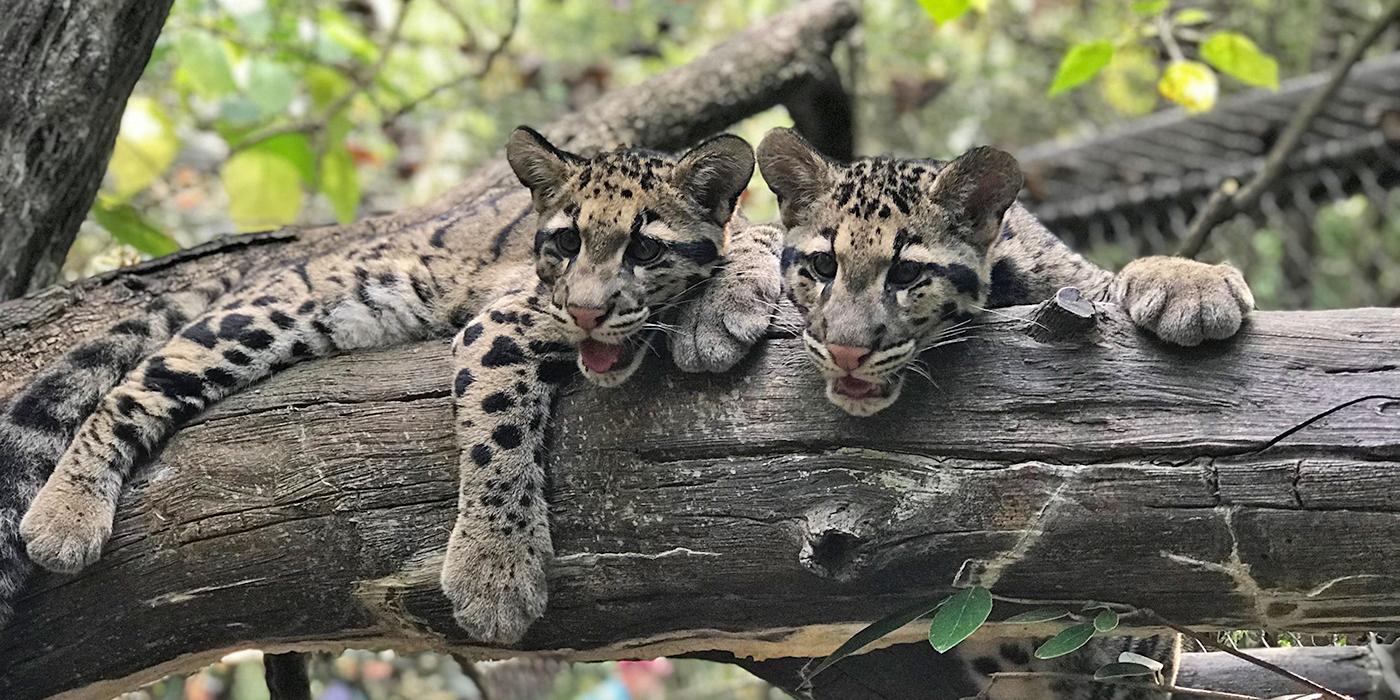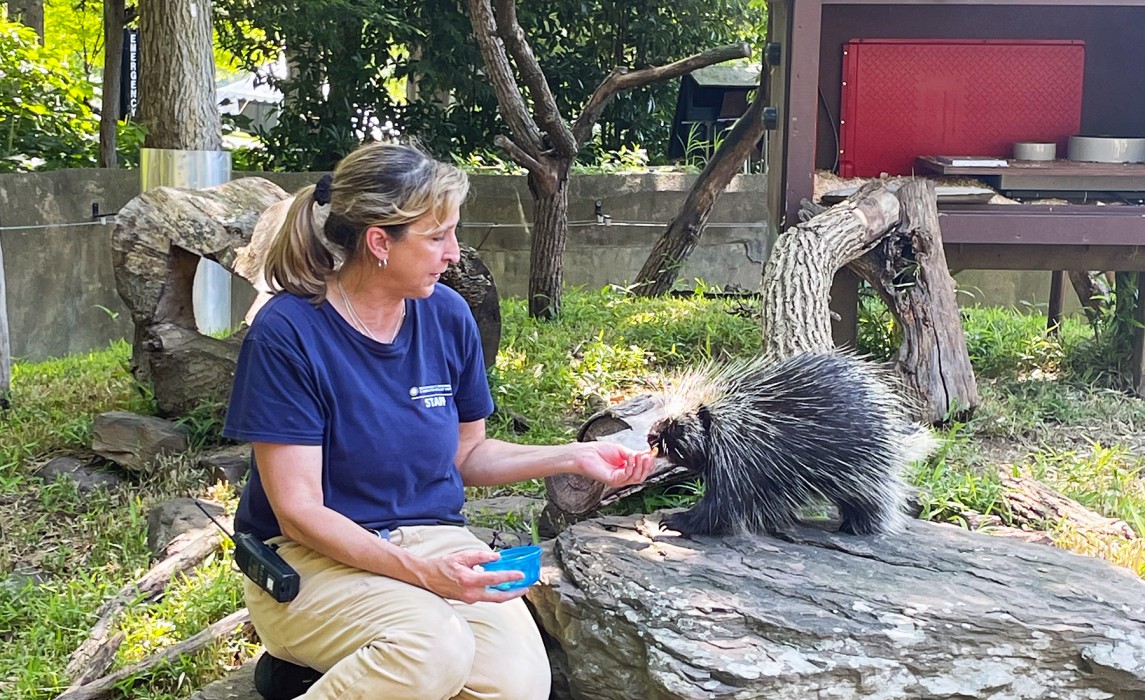Celebrating National Zookeeper Week: 2022
In honor of National Zookeeper Week, the Smithsonian’s National Zoo and Conservation Biology Institute is recognizing some of the dedicated professionals who go above and beyond for the animals in our care.
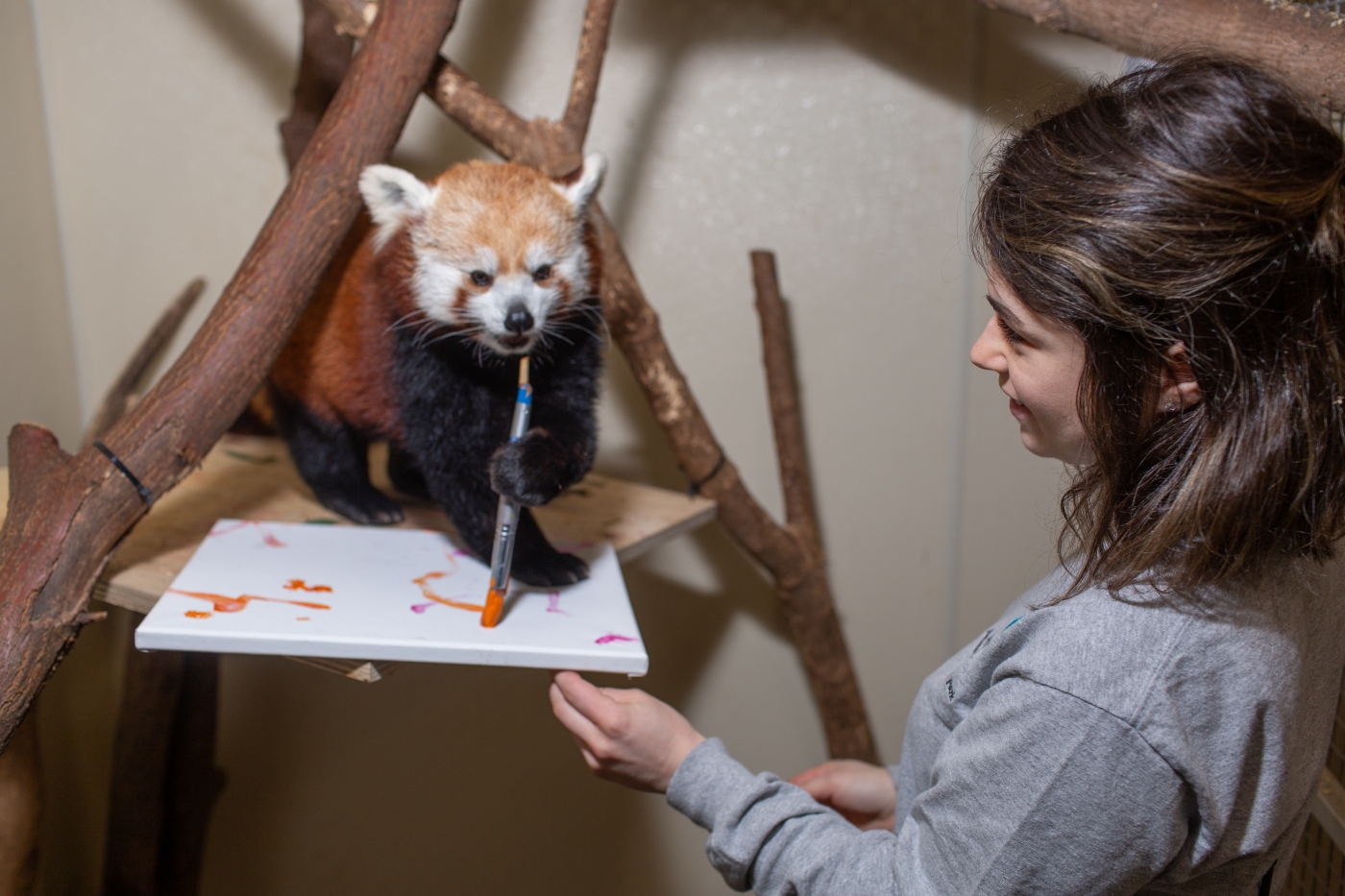
Asia Trail
“When red panda Asa became overweight—possibly from her birth control implant—her activity level decreased, she developed exercise and heat intolerance, and she began having joint issues. A veterinary exam ruled out any medical issues, so keeper Mariel Lally made it her goal to get Asa’s weight down. Working with the Department of Nutrition Science, Mariel developed a plan that involved assessing Asa’s body condition, making adjustments to her diet and instituting weekly weigh-ins to track her progress. She encouraged Asa to be more active by putting her enrichment toys and puzzle feeders all around the outdoor habitat. Asa has lost 4 pounds (2 kilograms) and is down to her goal weight!” – Laurie Thompson, assistant curator of Giant Pandas
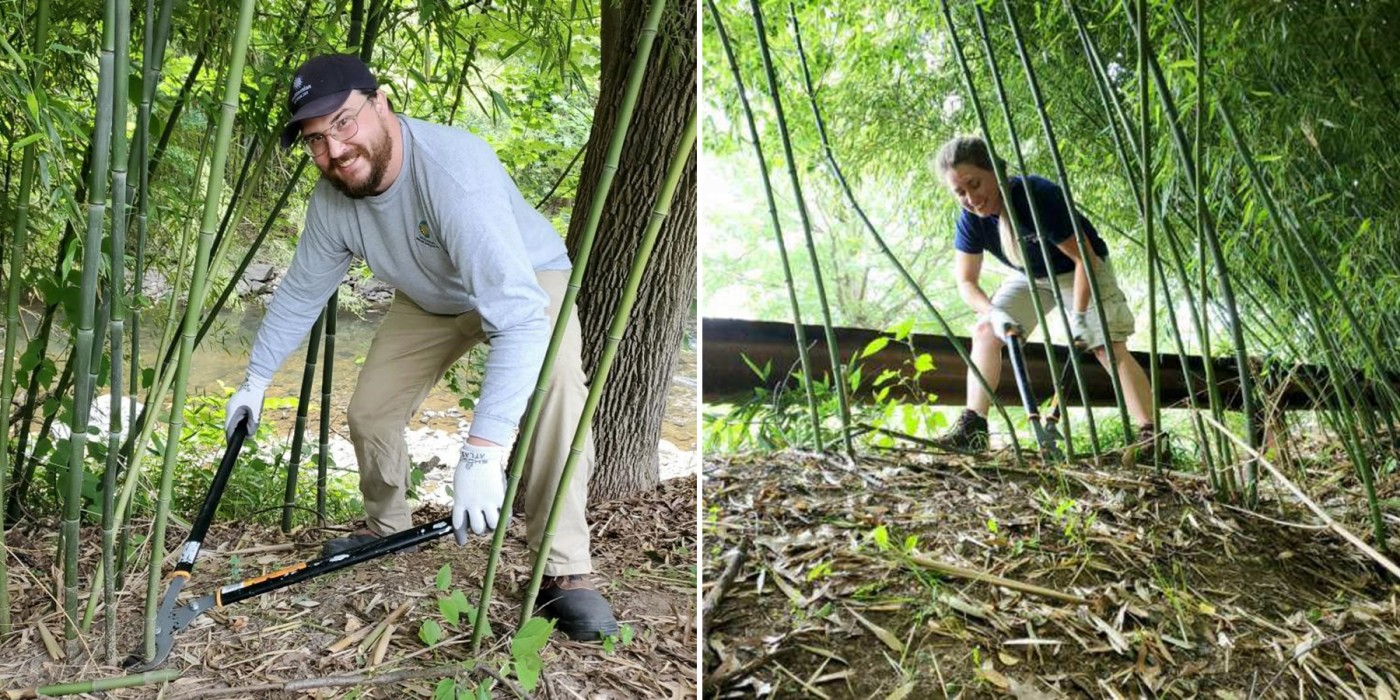
Department of Nutrition Science
“The Department of Nutrition Science team is responsible for the procurement, harvest, handling and delivery of browse (leafy branches) and bamboo for all of the Zoo’s animals. This is no small task, given the locations of our stands, the relentless nature of the need, and the (sometimes) finicky tastes of the recipients. Over the last few years, the team has pushed to increase the provision of browse for the nutritional welfare of our animals, which has included identification of new stands, installing some of our own plants, and developing positive relationships with some great partners.
“This has been a huge success for the team and for our animals. Of special note, the thoughtful approach of the Horticulture team has been pivotal in helping our team meet needs. In so many cases, it “takes a village” to get our jobs, or parts of our jobs, done. Providing browse to our animals is truly an example of how this daily dedication to teamwork benefits our animals and helps us maintain the gold standard of nutrition care for our animals.” – Mike Maslanka, senior nutritionist and head, Department of Nutrition Science
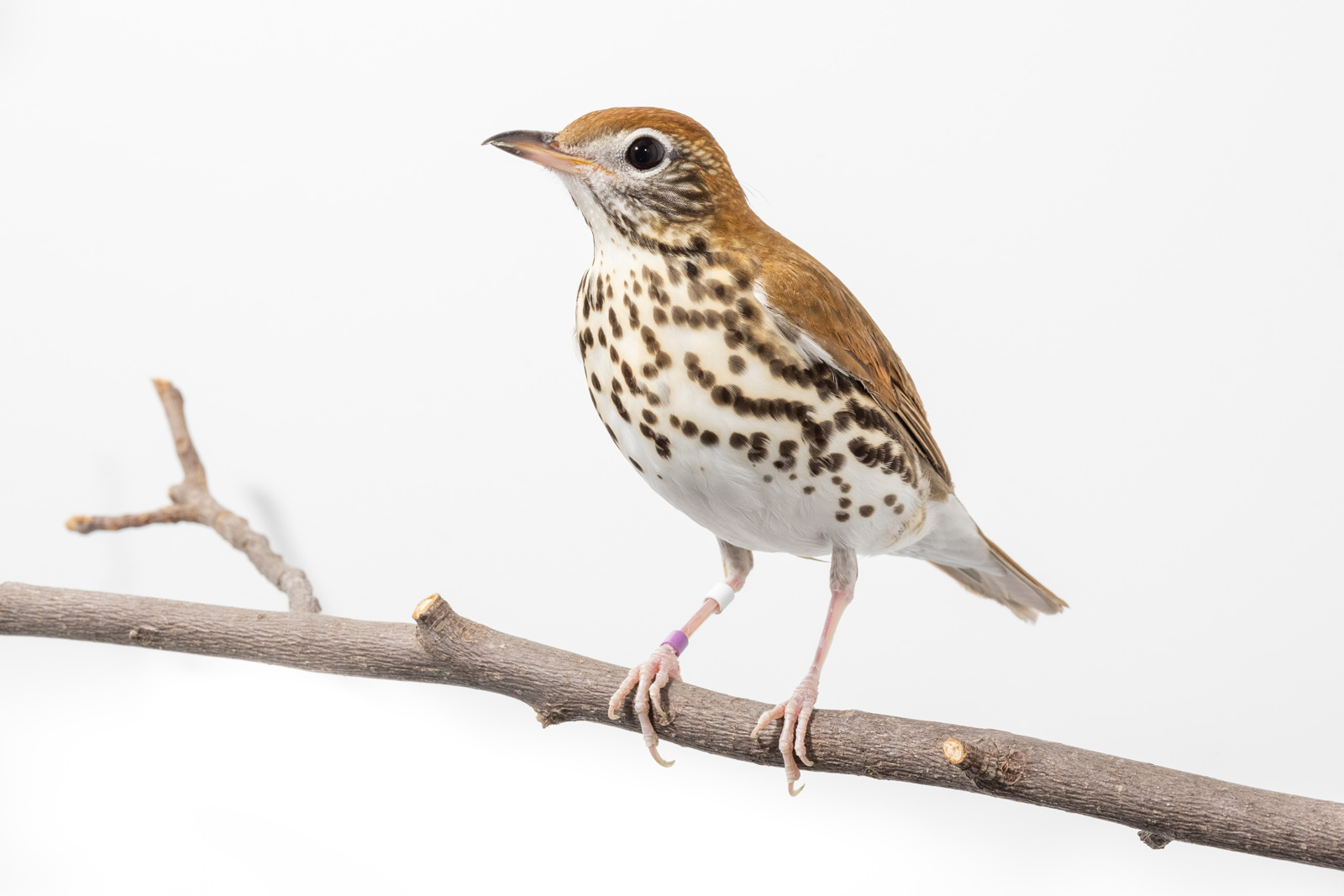
Bird House
“The past year, the Bird House team navigated challenges from COVID-19, highly pathogenic avian influenza and construction delays. They continued to care for a growing collection of North American songbirds, shorebirds and waterfowl while successfully managing a living collection in an active construction zone. Through it all, our team has been outstanding, professional and resilient. We are building a collection unlike any in the world and are embracing our uniqueness as leaders in the management of North American birds in human care. I am extremely proud of our team and all that we are doing to champion and advance native bird conservation. I can’t wait for guests to see the new Bird House and meet the amazing people who care for our birds!” --Sara Hallager, curator, Bird House
Elephant Trails
“One of our Asian elephants, Swarna, needed to have her lower right molar extracted under anesthesia. It was a massive collaboration, and everything depended on keepers Becca Spickler and Becky Riley, who conditioned Swarna to calmly accept the restraints and rigging necessary for the procedure. The restraints ensured that, when Swarna was sedated, our team could guide her to lay down in the correct position. Swarna stood by calmly for countless training sessions. She behaved equally well for the actual event.
“For this procedure, the stakes were high. An entire team and a truckload of supplies traveled across the country to perform the tooth extraction. Becky and Becca were calm and proficient, even when the pressure was on. They exemplify the caring concern of keepers for their animals. Without training, this necessary medical event would have been incredibly stressful for Swarna. Because she was well-prepared by Becca and Becky, Swarna was calm and happily munched food until she quietly fell asleep. The elephant team was able to position her as she lay down for the dental specialists from Colyer Institute to work effectively.”— Marie Galloway, elephant manager, Elephant Trails
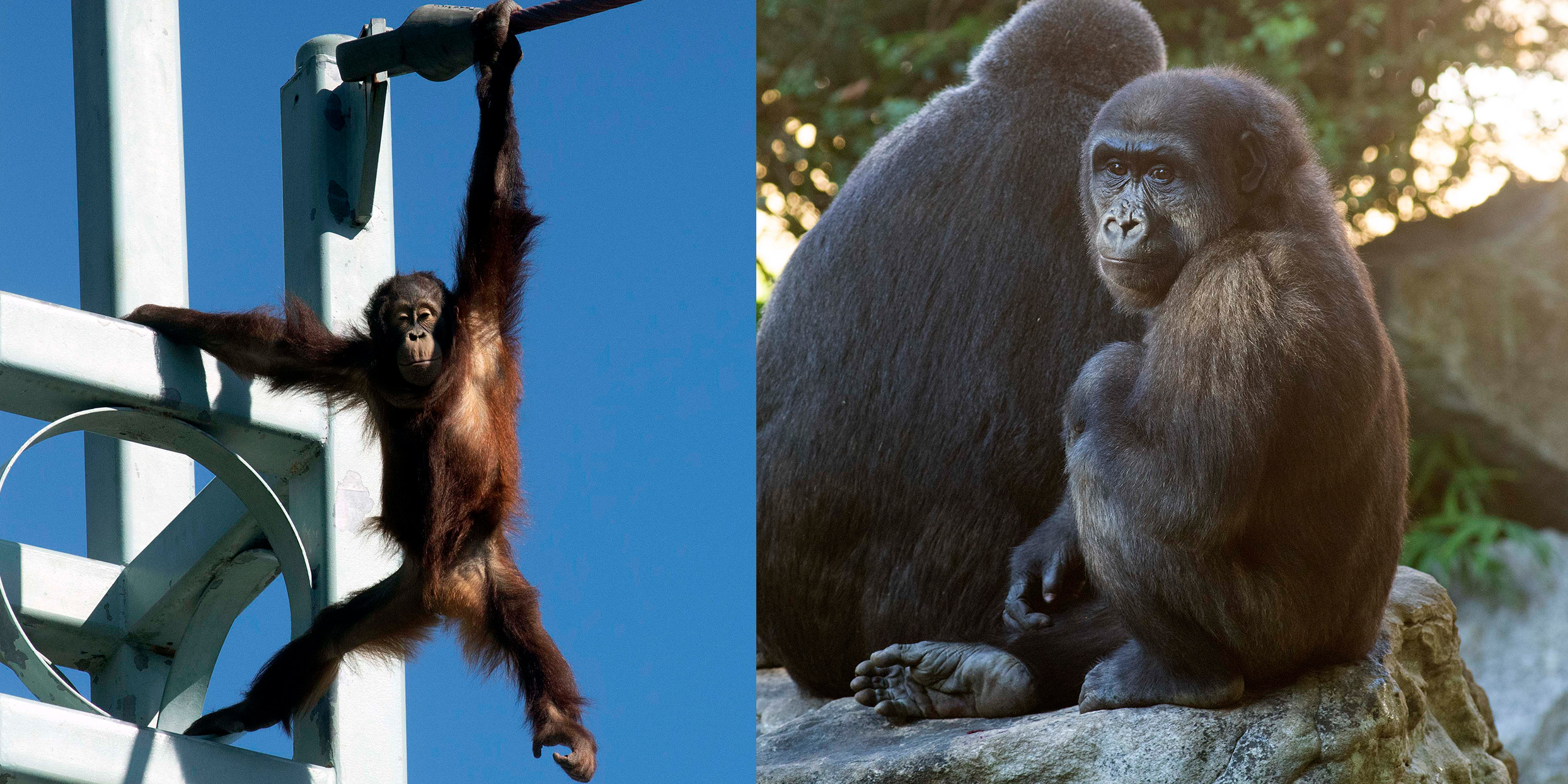
Primates
“The entire Primate team successfully prepared for and completed two dual ape exams this year. We have two ape mothers with young sons in the unit—gorillas Calaya and Moke, and orangutans Batang and Redd—who were all due for routine exams. The boys are still too young to be separated from their mothers for an extended period, so we had to plan for anesthetizing both simultaneously. This is a complicated, well-choreographed dance that required many months of consistent training in order to achieve both physical separations and successful voluntary injections.
“These exams were truly a team effort, and they would not have been possible without the professionalism, dedication and problem-solving skills of the entire Primate team. Preparing for just a single ape exam requires a lot of planning and training in order for everything to go smoothly, safely and be as stress-free as possible for the animal. Now multiply that times two…and do it twice within a few months!”— Becky Malinsky, curator, Primates
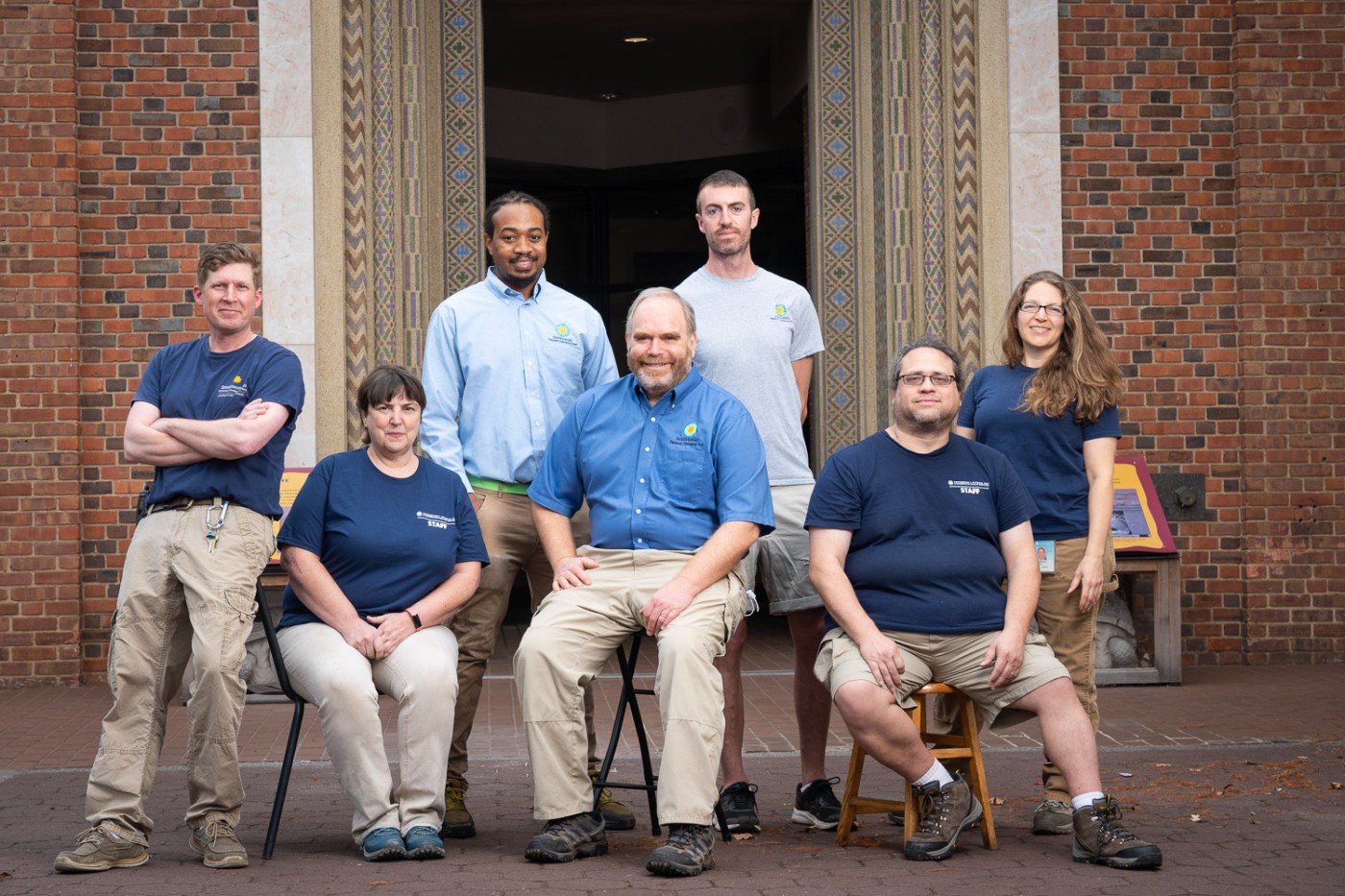
Reptile Discovery Center
“Reptile Discovery Center staff were there for each other in exceptional ways this year. For example, when one keeper volunteered to assist another animal exhibit that was short-staffed in 2021, everyone pitched in and kept her animals and areas on track. The team put in extra effort to creatively problem-solve for a wide variety of tasks, which took personal flexibility and self-sacrifice. Excellence requires working together and is not attainable alone. This year, numerous external demands, injuries and health issues limited individuals’ ability to do some tasks. Others were readily and without complaining available to lift, pick up extra tasks, and check behind each other despite normal roles or assigned areas. That is excellence.” —Alan Peters, curator, Reptile Discovery Center
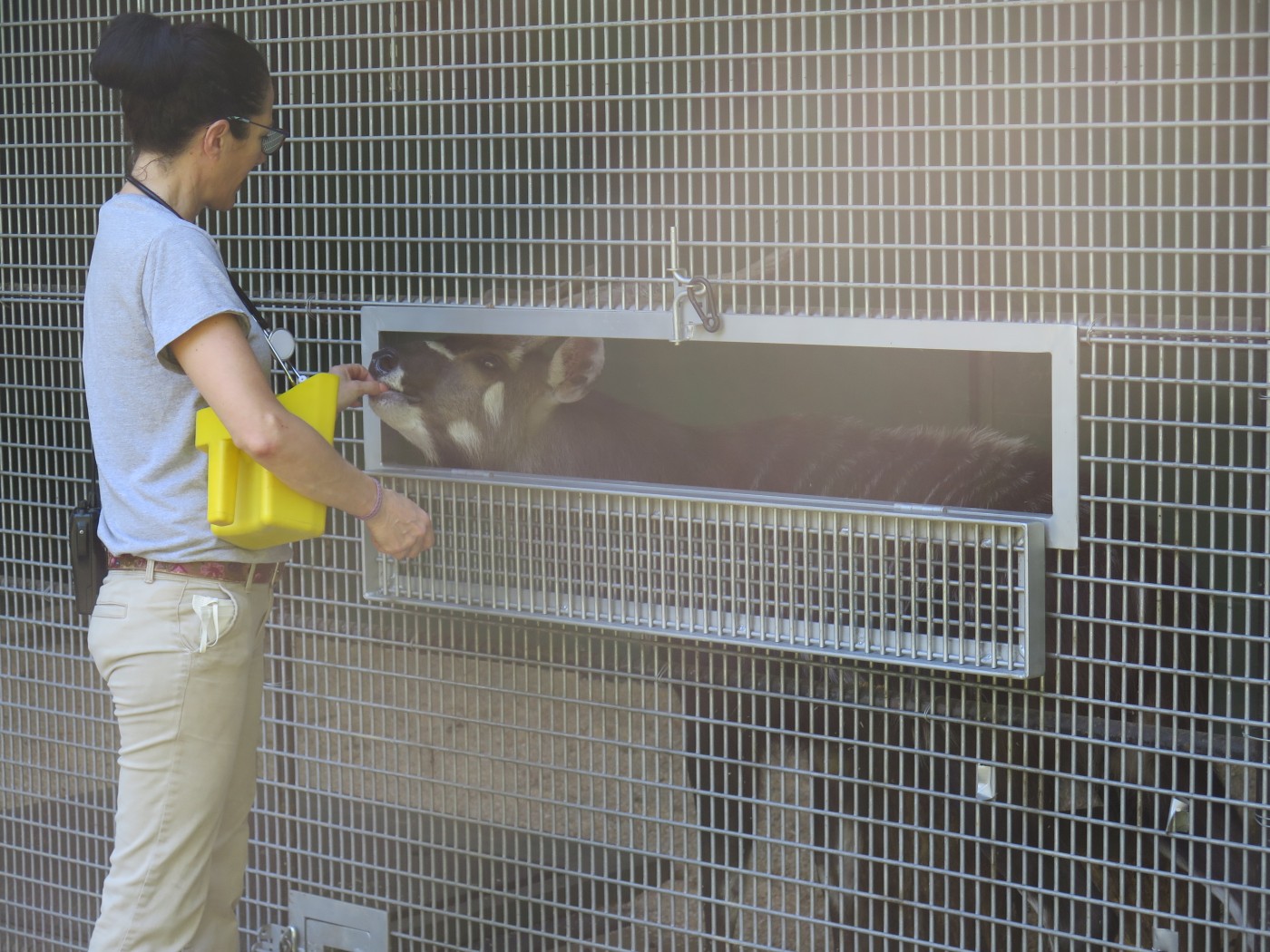
Cheetah Conservation Station
“When our male sitatunga, Waylon, developed a respiratory illness, Cheetah Conservation Station (CCS) animal keeper Kristen Clark trained him to voluntarily participate in his own health care. Using positive reinforcement training, she taught him to “target”—touch his nose to her fist—and “station”—line up against the mesh and stand still for a food reward. This ensured Waylon was in the correct position for the CCS, veterinary and Department of Nutrition Science teams to conduct hands-on exams.
“Waylon voluntary allowed the team to use a stethoscope to listen to his heart and lungs and palpate his neck, shoulders and back. This excellence in husbandry training will help us continue monitoring Waylon’s health and body condition, as well as allow Kristen to build on this foundation by training new medical behaviors, including leg blood draws and vaccinations.” — Gil Myers, assistant curator, Cheetah Conservation Station
Claws & Paws Pathway
“Four keepers—Charlie Shaw, Dell Guglielmo, Katy Juliano and Sara Colandrea—are the backbone to the successful opening of our new exhibit, Claws & Paws Pathway. Dell works closely with our North American porcupine, Jeffrey; Katy with binturongs Hank and Lola; Charlie with bobcats Yoda, Ollie and Cheese; and Sara with Pallas’s cats Akar and Ceba. Each of them has spent hours acclimating these animals to their respective enclosures and keeping them comfortable on exhibit. Their efforts culminated in visitors being able to reliably enjoy seeing and learning about a mix of familiar and unfamiliar species.” —Craig Saffoe, curator, Claws and Paws Pathway, Great Cats, Kids’ Farm and Andean Bears

Small Mammal House
“Small Mammal House keepers are responsible for creating habitats that are safe, comfortable and appropriate for our residents, while balancing exhibits that mimic their natural habitat. Every year, keepers acquire large pieces of wood and vines to make the animals’ homes more complex and visually appealing. Installing this “furniture” also requires a high degree of safety and skill. In order to create the perfect exhibit for about 35 different species, our keepers learn about their natural history and individual preferences. They design exhibits that allow for easy access for staff, locations for keepers and animals to interact for training sessions, and plenty of areas for our animals to exhibit natural behaviors, like climbing, digging, and nesting.” – Kenton Kerns, assistant curator, Small Mammal House
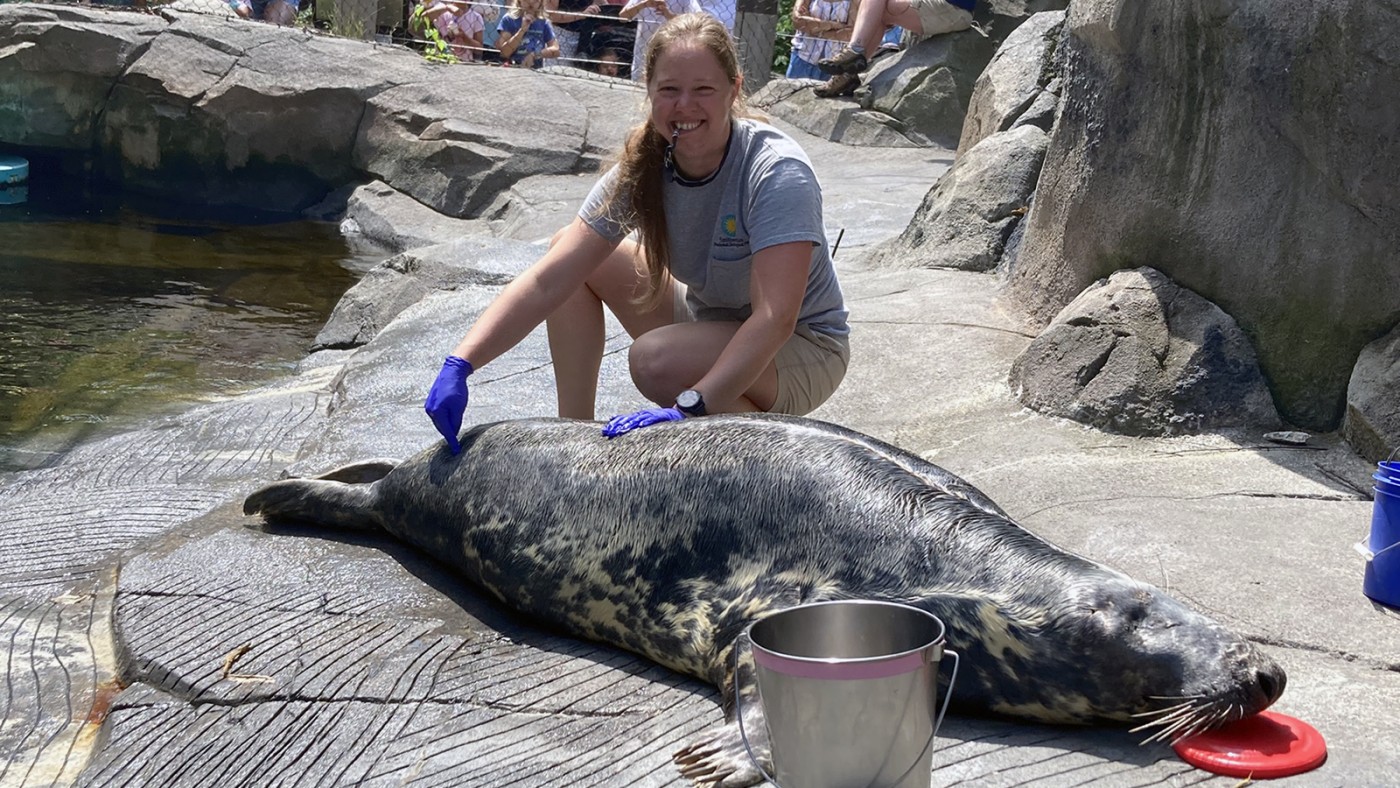
American Trail
“American Trail keepers spend much of their day training animals to voluntarily participate in their own healthcare. Most of this training is focused on husbandry behaviors like tooth brushing, as well as medical behaviors like collecting blood samples, administering injections and taking X-rays. This year was very successful for the American Trail team, as they were able to give 20 vaccinations voluntarily to all our seals and sea lions—including three very young individuals. This was a huge success for the American Trail team and demonstrates their excellency in husbandry training.” – Rebecca Sturniolo, assistant curator, American Trail
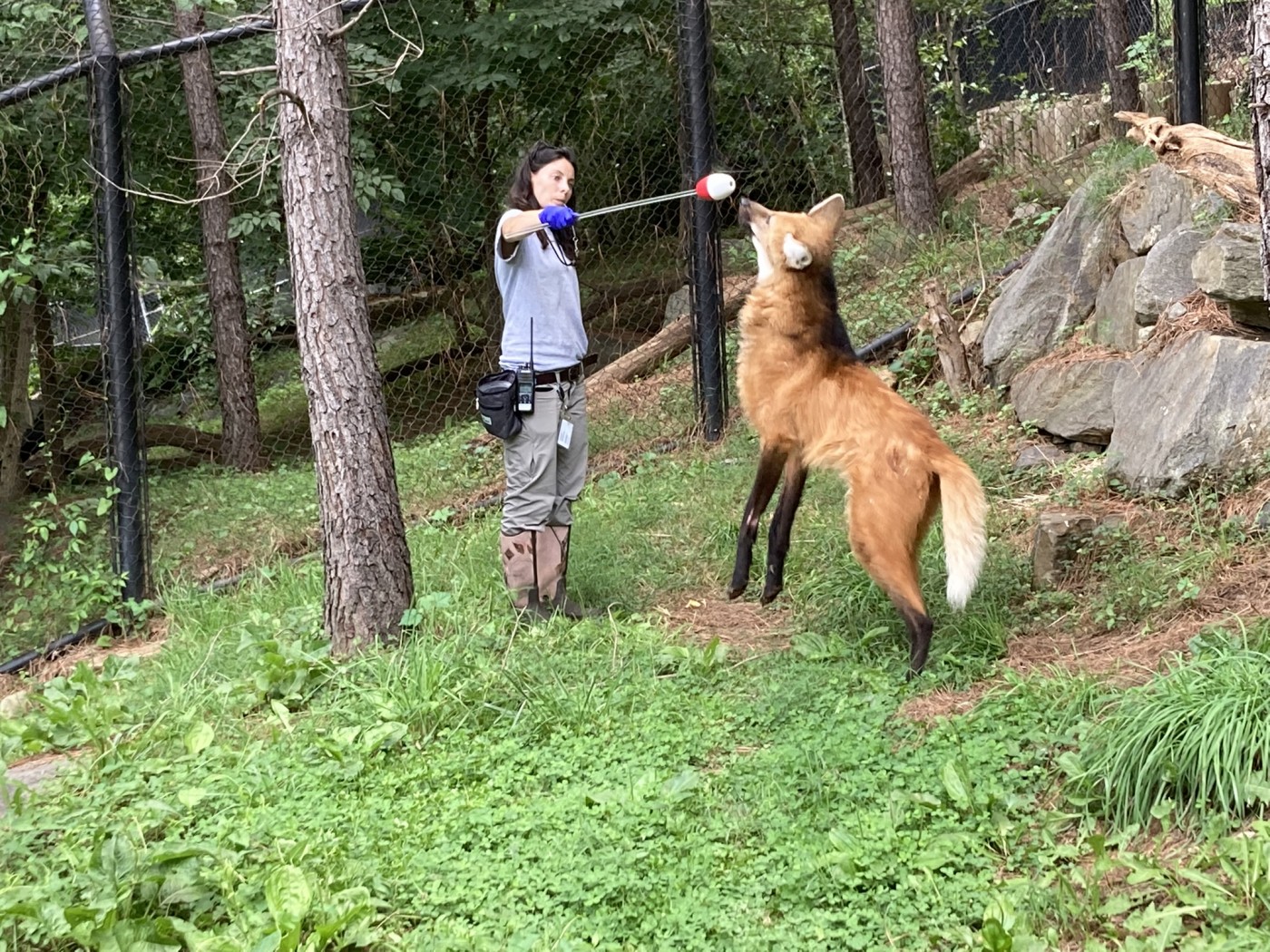
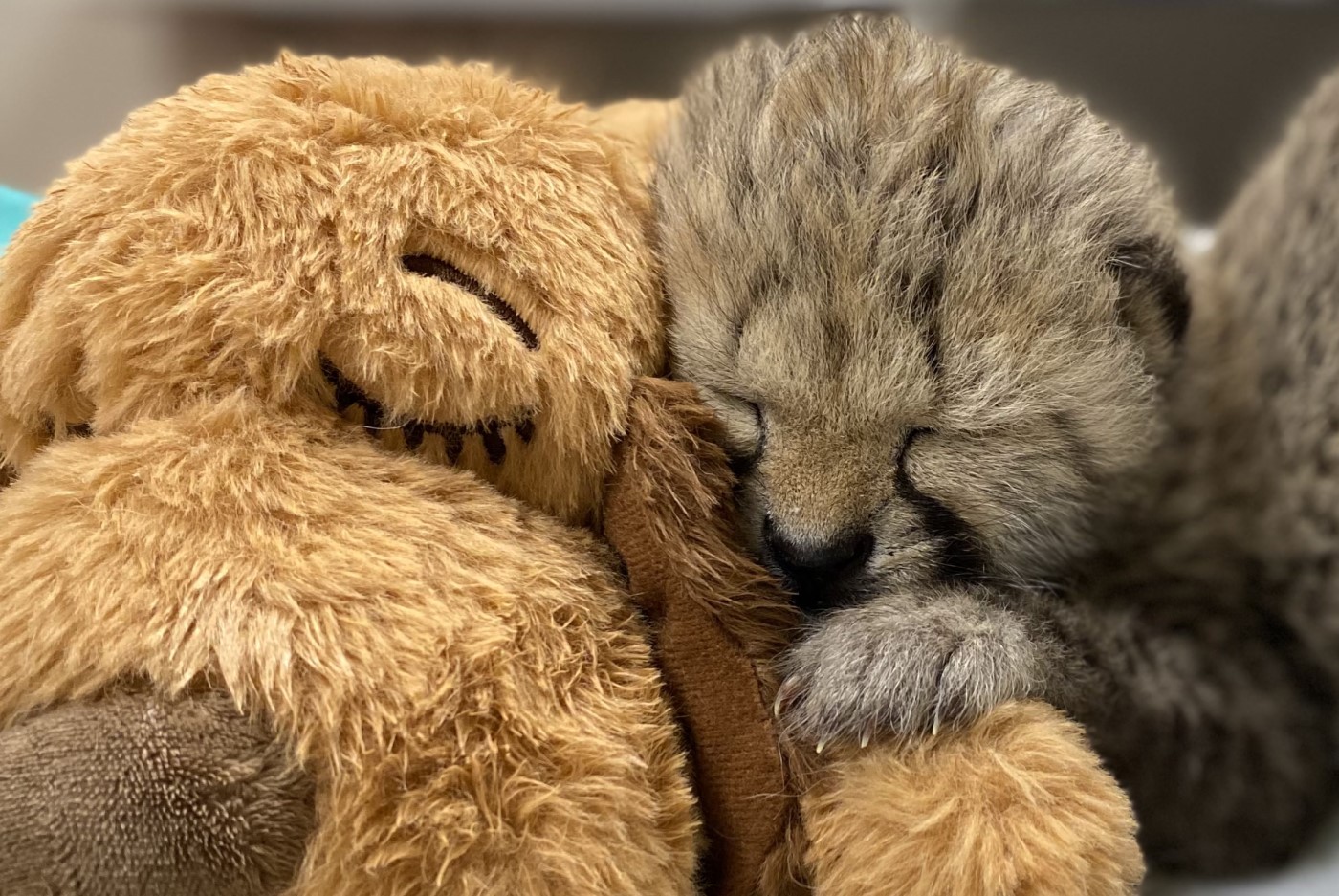
Carnivore Team
“When cheetah Sukiri gave birth to a litter of three cubs last September, only a single male survived. A cheetah female cannot raise a singleton as there is not enough stimulation for continued milk production. Our carnivore team is always prepared to intervene. When Sukiri left the cub and did not return, they stepped in immediately. Hand-raising cheetahs is laborious, with feedings every two-to-three hours for the first several days, and then every three-to-five hours for the next several weeks. Keepers worked around the clock for 17 days while a plan to foster the single male cub was being developed. The healthy, strong cub—a testament to the great job the team did caring for him—was transferred to Wildlife Safari Oct 3, 2021, to join another litter.” – Adrienne Crosier, biologist and Cheetah Species Survival Plan Program Leader
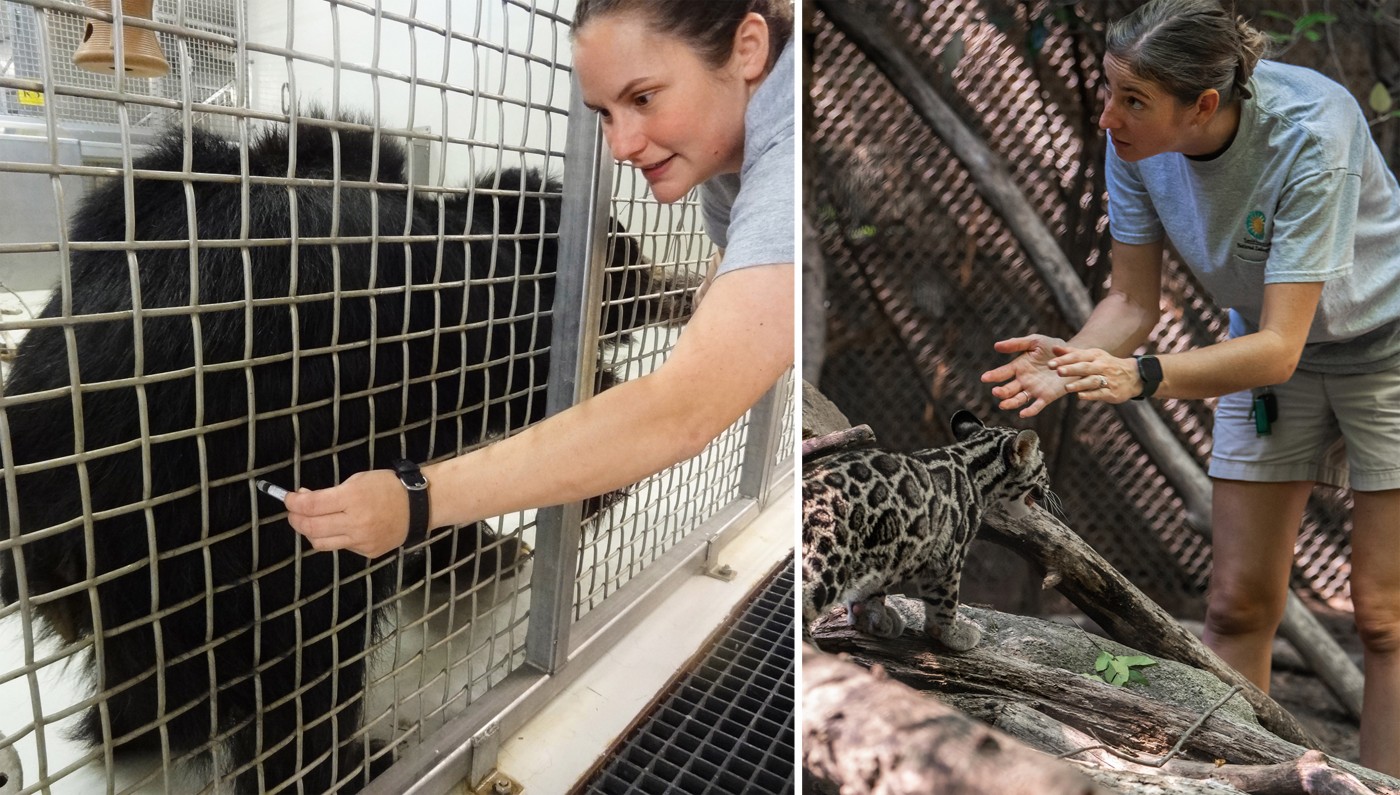
Asia Trail
“In the field of zookeeping, the care of our animals cannot ever be put on hold, even when the world goes sideways and there are major changes in staffing levels. This past year was particularly challenging for the Asia Trail team, as some members with a great deal of experience and institutional knowledge moved on to new positions. Despite the circumstances, keepers Stacey Tabellario and Jenny Spotten—two of the most senior keepers at Asia Trail—never wavered in their attention to our animals’ needs.
“Not only did they accept a great deal of responsibility both in animal management and keeper mentorship, but also they ensured our animals continued to receive the highest level of care despite the challenges. They instituted and completed major training initiatives, one being the preparation of all animals’ COVID vaccinations. Stacey and Jenny also mentored five keepers who were new to Asia Trail through the training process. It has been an exceptional year, and we are very lucky to have such exceptional keepers on our team!” – Erika Bauer, assistant curator, Asia Trail
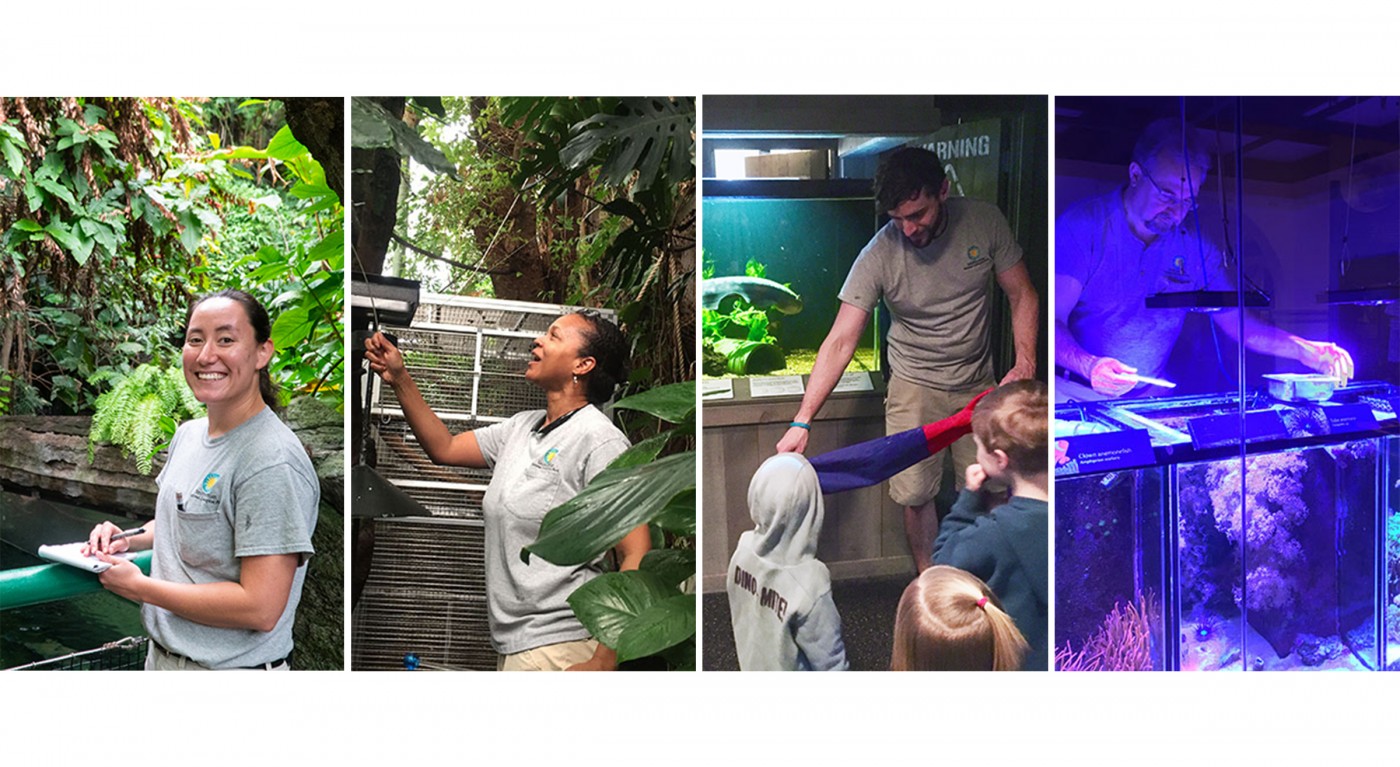
Amazonia
Dive into the Amazonia exhibit and discover fish that zap their prey using high-voltage electricity, birds roaming freely through the flooded forest, and a coral reef where fish deftly dart through the tentacles of anemones. Caring for creatures that live in the sea, on land and in the sky is a fun challenge for the dedicated team of animal keepers. Get the buzz on pollinators from Donna Stockton, an entomologist and animal keeper at Amazonia.

